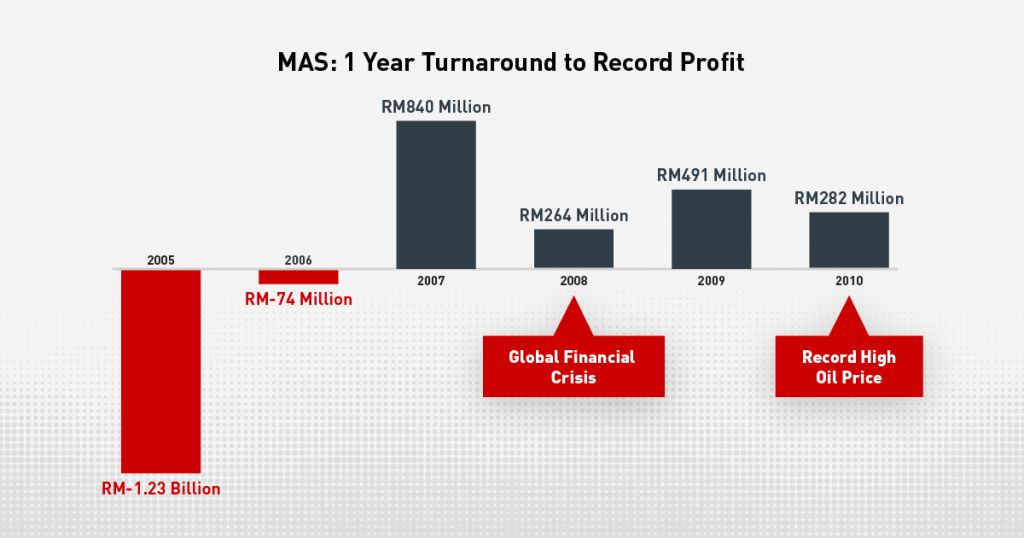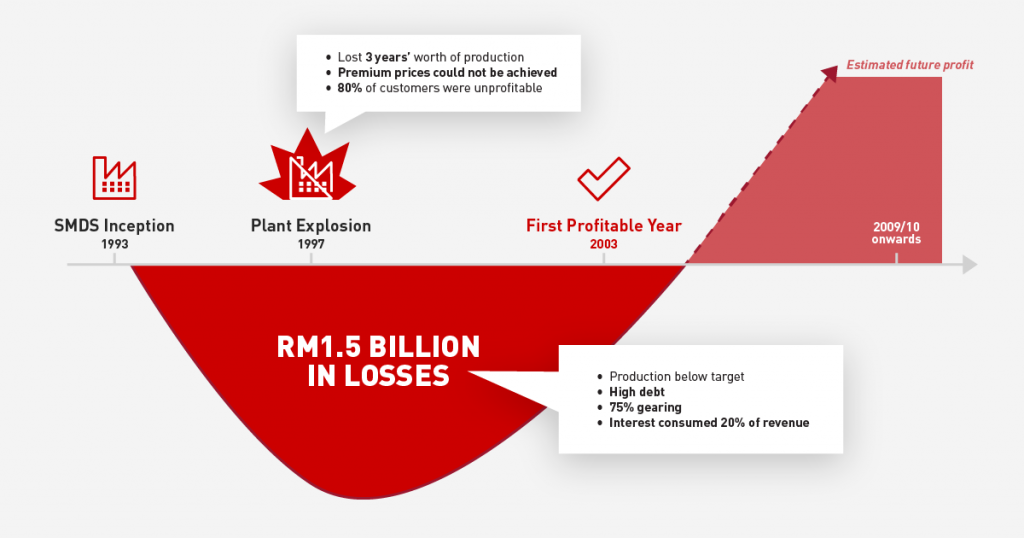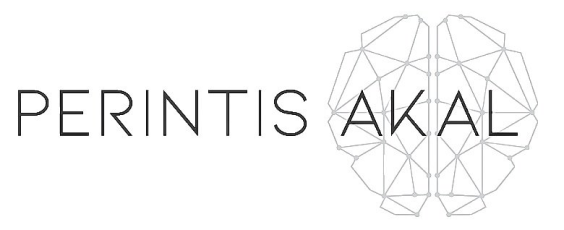[vc_row][vc_column][vc_column_text]Since we established PEMANDU Associates, our client engagements have taken me across over 20 countries. And while the socio-economic or business contexts can differ greatly from country to country, what I’ve noticed to be a constant are the questions I’m frequently asked about on what PEMANDU Associates does. In light of this, I thought it would be good to share my quick-fire responses to 10 of the most frequently asked questions from both governments and businesses worldwide.
Question 1: What is the value proposition of PEMANDU Associates to your clients?
Our value proposition is simple – we help our clients transform in order to achieve Big Fast Results.
I think transformation is only a worthwhile venture if it delivers results. Any leader who pursues large scale change has to justify this often painful process of change by delivering quick and significant results. Our emphasis on the speed of delivery is key to ensuring that those involved do not lose interest through a lack of progress toward the big goal.
Question 2: What do you think are the critical success factors for successful transformation to achieve big fast results?
For any transformation to be successful, I believe that two critical success factors must come into play. Firstly, transformational leadership – requiring a paradigm shift in leaders where all decisions and actions are anchored towards effecting transformational change. Secondly, a new way of working (which includes a new way of communicating). There is no way that an organisation can transform unless it puts in place a radically new way of doing things. These two things are the prerequisites, without which transformation will not deliver big fast results.
Question 3: How does PEMANDU Associates help clients navigate their transformation journey so that the two critical success factors exist in their organisation?
At the firm, we have developed our own proprietary methodology to help organisations take their transformation journey forward. These are our 6 Secrets of Transformational Leadership© and our Big Fast Results (BFR) Methodology – 8 Steps of Transformation©. The former creates that behavioural shift to lead transformation, while the latter provides the practical framework to operationalise transformation at an extremely granular level.
Question 4: How important is the delivery of results as a measure of success for transformation?
It is critical. I believe that if the transformation work does not deliver tangible results, it is a failure. In fact, I will push this point even further; if it does not deliver tangible results in the first year of implementation, I consider it a failure. For this reason, at PEMANDU Associates, we are fixated on big fast results.
Question 5: Can you give an example of a company where your approach has been successfully implemented to achieve big fast results?
When I was appointed as CEO of Malaysia Airlines (MAS) in December 2005, the company was on the brink of bankruptcy and had just recorded the biggest financial loss in its corporate history. By applying the methodologies that I just described, in my first year, we successfully turned the airline around and recorded the company’s highest ever profit of RM840 million in the second year.

Question 6: Do you have another example in a different industry?
When I was appointed Managing Director of Shell Middle Distillates Synthesis (SMDS) Malaysia in 2003, the company had been unprofitable for 10 years. Shell MDS was the first Gas to Liquids (GTL) company in the World.
I recall on my Townhall session with staff, observing a huge sense of desperation and hopelessness. Absolutely convinced that it couldn’t be done, someone actually challenged me with a small wager that if the company became profitable within the timeframe I was given, he would pay me RM100 (a very modest bet for someone so sure of the outcome). But applying the methodology, we successfully turned the company around in just 6 months. I held the gentlemen to his word and to this day, the RM100 note can be found, framed in the Bintulu office with a note from him! We registered record profits year-on-year for 3 consecutive years.
By the way, there are many other case studies where PEMANDU Associates have helped clients succeed in their transformation programme to achieve big fast results. For example, we helped two universities successfully improve their profitability and their global ranking in the first 2 years of implementation. Another example is an unprofitable railway company that was successfully turned around in just the first year of implementation.


Question 7: Many of the examples you quoted are businesses. How about Governments in countries around the World, where the methodologies have been successfully implemented?
At PEMANDU Associates, we have been engaged to help many Governments around the World to help them increase investments in their economy. Our lab methodology, which involves a collaborative and meticulous approach to mapping out socio-economic transformational plans have helped many countries secure massive private investments in their first year of implementation.
For example, from the 8-week labs in Malaysia conducted in 2010, there were 131 projects with $406 billion of private investments, creating 3.3 million jobs.
In Oman, the 6-week labs generated 121 projects worth $42 billion investments.
In Nigeria, the 6 weeks labs generated 133 projects worth $51 billion investments, creating 692,000 jobs.
Question 8: Can you give social, non-economic examples in Malaysia where your methodology has been successfully implemented?
Using the methodology, under its Government Transformation Programme during the period of 2010-2017, Malaysia was able to reduce its crime index by 53%. Prior to this, the crime index increased by 43% over 4 years. In addition, the methodology was able to improve literacy and numeracy rates amongst primary schools (year 3) from 60% to 98%. Furthermore, urban public transport ridership modal share increased from 12% to 25%, while rural infrastructure (water, electricity and roads) benefited 6.6 million rural people with cash payments given to people whose incomes were in the bottom 30%.
Question 9: What are the pitfalls that might derail the transformation work from being successful?
The biggest pitfall is leadership commitment. This must be an enduring commitment, even in the face of resistance to change.
The second pitfall is the failure to institute a new way of working. There is a lot resistance from people who are not prepared to let go of the old ways of doing things. It requires relentless discipline and intervention to institutionalise the new way of working so that it becomes second nature.
Question 10: The case studies you refer to are impressive. How do you ensure that the methodology and lessons are shared more broadly so that other countries can learn and apply these transformation techniques?
The World Bank has written a case study on the PEMANDU approach in Malaysia. This case study document is one of the top hits within the World Bank’s report, which raked in the highest downloads. In addition, Princeton and Harvard have also separately written case studies of our methodology.
Apart from that, together with an excellent team of experts, I have been lecturing at the Harvard Ministerial Leadership Programme for the last 4 years. Held twice a year (April and June) in Boston, ministers from around the World attend this intensive leadership programme. I use this opportunity to share our methodology and encourage ministers to undertake their own transformation journey in their respective countries and contexts.
[/vc_column_text][/vc_column][/vc_row]






